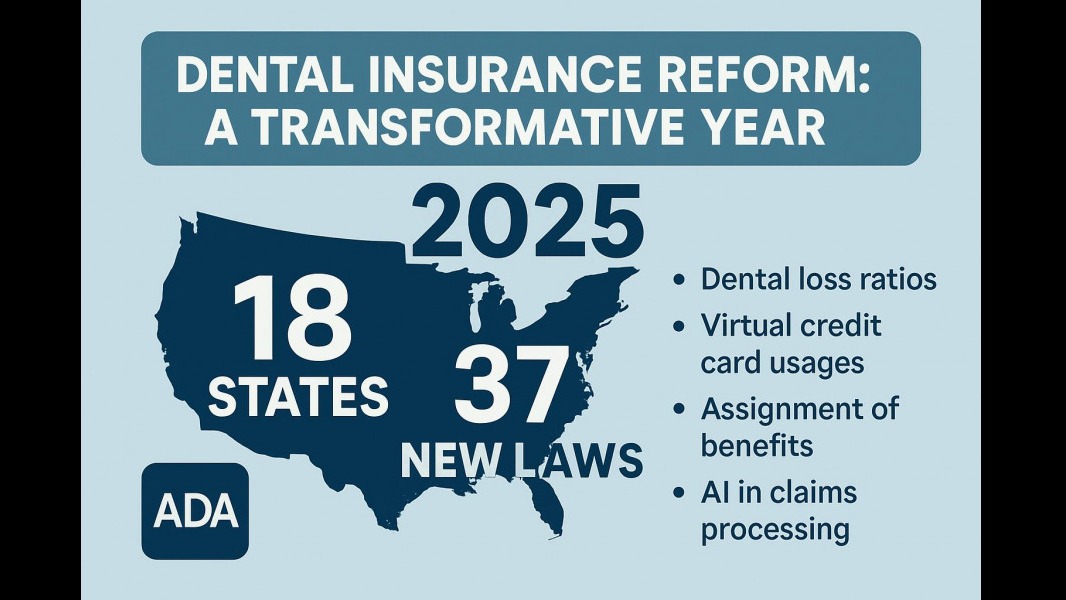
Unpacking Medit’s Bold Claims: What Is “True Mobility”?
The digital dentistry landscape is rapidly evolving, and the anticipation surrounding the launch of the Medit i900 Mobility only amplifies this momentum. Scheduled for release on August 1, 2025, in the U.S. and a selection of European markets, the current chatter is centered around its tagline: “Beyond Wireless, True Mobility.” But what does this truly mean for dental practitioners like Dr. Emily Johnson in suburban Pennsylvania, who not only values cutting-edge technology but also requires reliable, efficient tools for her practice?
Tracing the Evolution of Medit’s i900 Series
To appreciate the i900 Mobility’s implications, one must understand its ancestors. The initial i900 introduced a lightweight scanner—165 grams that quickly gained traction due to its reputable scanning capabilities. Shortly thereafter, the i900 Classic emerged, reincorporating a physical scan button for users not enamored of touch interfaces. Now, the i900 Mobility beckons, touting a transition from merely being wireless to achieving “true mobility.” This poses the question: how does the i900 Mobility distinguish itself from its predecessors, especially regarding functionality?
The Technology Behind Claims: A Closer Look at “Beyond Wireless”
When Medit asserts that the i900 Mobility offers “beyond wireless” capability, skepticism naturally arises. Existing wireless scanners, including the i700 Wireless, still tether users to a nearby computer, relying on devices like TP-Link routers for connectivity. Thus, this new claim requires dissection to ascertain its legitimacy. Are we anticipating a device capable of operating entirely independently, devoid of local workstations? If so, essential questions pertaining to its functionality and reliability beckon, especially in mobile or rural practice settings.
Inevitably Delving into Battery Life and Processing Power
Critical to any mobile device is battery life—will the i900 Mobility deliver on its promise during the rigors of clinical use? Marketing claims can often obscure the reality of performance under operational conditions. Furthermore, where does the processing of data take place? Local processing demands heavier hardware, while cloud-based systems introduce connectivity issues that could impede real-time operations. Is Medit poised to offer a solution that seamlessly integrates these elements without compromising on performance?
Software Integration: A Key to Enhanced Workflow
For dentists like Dr. Emily Johnson, seamless integration with established software platforms is paramount. The prospect of incorporating the i900 Mobility into existing workflows rests heavily on compatibility with existing systems. Potential disruptions during transitions from legacy tools could deter practitioners from adopting the new technology. Thus, clarity on software integration becomes a necessary consideration before making an investment in this upgrade.
Insights from Industry Experts: What Are They Saying?
As we sift through marketing narratives, industry experts share skepticism regarding the robustness of claims like “True Mobility.” Notably, observers cite the need for real-world data to validate assertions about extended battery life and operational independence. Furthermore, the balance between advanced features and ease of use remains a pivotal determinant for adoption. The dental industry grapples with a series of challenges as it embraces new technologies, encapsulating the need for both innovation and practicality.
Counterarguments: Are We Seeing Genuine Innovation?
Counterarguments against the i900 Mobility’s promise echo throughout the industry. Some skepticism revolves around whether the device will genuinely pioneer a transformation in dental practice or merely bundle existing functionalities into a new format. The trend of labeling products as revolutionary has muddled clarity in defining what actual advancements mean for practitioners. Thus, questioning what constitutes innovation is crucial amidst the rush to market.
Future Predictions: What to Expect in the Coming Years
Looking ahead, we might see further developments in the realm of intraoral scanning technology as practitioners demand even greater independence from traditional models. With Medit’s adventurous positioning, a successful i900 Mobility could set a precedent, pushing competitors to innovate and improve their offerings. However, if the device falls short, it may reinforce hesitation towards new releases in the marketplace.
Final Thoughts: Should You Consider the i900 Mobility?
For dental practitioners evaluating the i900 Mobility, cautious optimism appears to be the prevailing sentiment. The implications of its performance on daily practice could significantly affect decision-making. Practical insights gleaned from its release, alongside peer reviews and expert commentary, will shape the understanding of whether Medit has successfully delivered “beyond wireless” mobility.
In a profession dictated by precision and reliability, technology’s evolution remains a balancing act. As the launch date approaches, consideration for real-world applications and practical outcomes will ultimately guide the assessment of Medit’s latest offering. The answer to whether this device is genuinely innovative lies in future user experiences.
 Add Row
Add Row  Add
Add 




Write A Comment